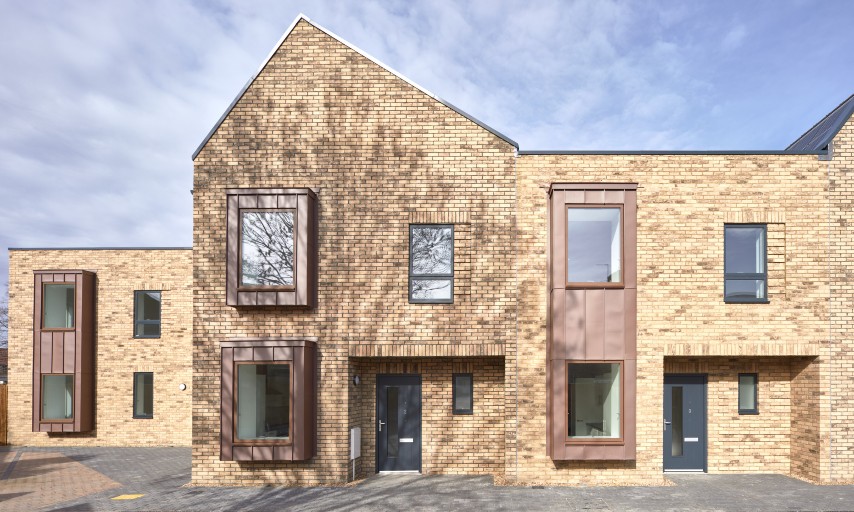Buildings

Greenwich Builds - low carbon homes
The biggest source of emissions in Royal Greenwich are existing buildings, homes and businesses. There are over 120,000 homes and over 2 million metres squared of non-domestic floor space in the borough.
In 2021, 41% of the borough’s total emissions came from homes, with 64% coming from heat and electricity used in buildings. Council owned homes currently account for 8% of the borough’s emissions.
Reducing these emissions will involve a combination of:
-
making buildings more energy efficient
-
replacing fossil fuel heating systems with low carbon alternatives
-
behavioural change – operating our buildings more efficiently.
Our actions
Our aspirational objectives are to make all Council-owned homes, and the private domestic sector achieve net zero carbon emissions (scopes 1 and 2) by 2030.
This will also include the council’s non-domestic stock buildings like corporate property, maintained schools and community centres. Heat decarbonisation of the corporate property stock by 2030 requires significant sums of investment, around £500m, meaning additional government support is required.
We are also supporting businesses across the borough to decarbonise their own building stock through engagement and advice.
Progress so far
Operational emissions
-
Successfully secured £1.9m in Public Sector Decarbonisation Scheme (PSDS) funding, saving £36,000 and 300 tonnes of carbon dioxide equivalent (tco2e) per annum.
-
11% (700 tco2e) reduction in Corporate property stock on previous year
-
Social Housing Decarbonisation Fund (SHDF) delivering £20m to improve over 600 Council owned home
-
In the 2022 to 2023 financial year, the Repairs and Investment team delivered a Housing Capital Programme totalling £32.8m where:
-
481 homes benefitted from more efficient boiler replacements
-
196 homes had their windows replaced
-
405 homes benefitted from improved communal heating services.
Borough emissions
-
Successful Local Authority Delivery Scheme - supported over 150 properties with energy efficiency upgrades, about £10,000 of investment per low-income household
-
Our fuel poverty outreach service supported 272 low-income households with a total estimated saving of was 715 tco2e.
-
Undertook evaluation of green skills opportunities - estimate 2,299 jobs that could be created per annum from a household net-zero retrofitting programme up to 2030.
Read the full Action Plan for Buildings for more details of the specific actions we’re taking.